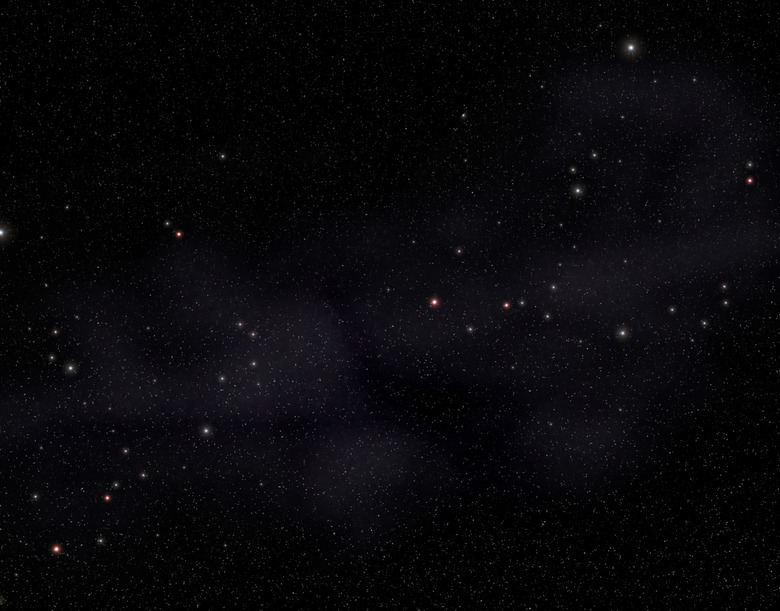What Is Outside Of Outer Space?
Questions about the limits of the universe stretch the scientific process to the point of merging with philosophical and even spiritual inquiry. The spatial or temporal edge of the universe is beyond sensory experience, and any conclusions about it, even scientific ones, are speculative. Nevertheless, modern science offers some informed opinions, based on increasingly detailed observations of the universe. Those opinions are logical deductions based on observations and peppered with a smattering of imagination.
TL;DR (Too Long; Didn't Read)
To answer the question of what's beyond space, you must first define the edge of 'space' – a task that has puzzled astrophysicists and led to a number of theories. It is possible that there is no end to the constantly expanding universe we live in, but it is just as possible that there exists _something_ that has been present since before the Big Bang at the furthest limits. Though our observations of the universe become increasingly detailed as time goes on, we do not actually know what, if anything, exists 'outside' of outer space.
The Big Bang
The Big Bang
Edwin Hubble, after whom NASA's space telescope is named, was the first astronomer to discover galaxies beyond our own. He also observed and calculated that they were moving away from the Earth and concluded that the universe is expanding. By mathematically reversing this expansion, astrophysicists determined the moment in time when it must have begun. This moment, some 13.8 billion years ago, is known as the big bang. It represents a temporal limit to the universe, at least as far as the past is concerned. A publication from Harvard University clarifies that the big bang is a scenario that results from Albert Einstein's theory of gravity, which specifies that space itself is expanding.
Size of the Universe
Size of the Universe
Because the leading edge of the big bang defines the limits of the universe, the farthest objects people can see are also the oldest, and it's natural to suppose that they must be about 13.8 billion light years away. The early, quickly expanding universe, however, was a plasma opaque to light, and it must lie beyond these objects. Moreover, the universe is expanding at an accelerating rate, so light from distant objects actually takes longer to reach us than previously thought. Based on such considerations, a team led by astrophysicist J. Richard Gott has calculated the radius of the universe to be 45.7 billion light years.
Outside of Outer Space
Outside of Outer Space
If by outer space you mean all that surrounds the Earth and stretches into all directions as far as people can see, then you're talking about what astrophysicists call the universe. For there to be anything outside of the universe supposes that it has an edge, which is a problematic supposition for physicists. Particles must interact with this edge in some way. They can't bounce off of it, nor can they be absorbed and disappear, or matter and energy won't be conserved. Physicists caution against thinking of the universe as a bubble with a well-defined border. They prefer to describe it as possessing some sort of complex geometric curvature.
The Other Side
The Other Side
Anyone visualizing the edge of the universe must confront the difficult question of what is on the other side. Whatever it is must have existed before the big bang and would be the substrate from which the universe emerged, which would make it part of the universe. If the universe doesn't have an edge, however, it could be infinite. Not many scientists are comfortable with an infinite universe because it's one in which every possible perturbation of the universe can exist. The truth probably exists somewhere in between these possibilities, even though scientists don't fully understand it.
Cite This Article
MLA
Deziel, Chris. "What Is Outside Of Outer Space?" sciencing.com, https://www.sciencing.com/outside-outer-space-23725/. 16 October 2018.
APA
Deziel, Chris. (2018, October 16). What Is Outside Of Outer Space?. sciencing.com. Retrieved from https://www.sciencing.com/outside-outer-space-23725/
Chicago
Deziel, Chris. What Is Outside Of Outer Space? last modified August 30, 2022. https://www.sciencing.com/outside-outer-space-23725/
